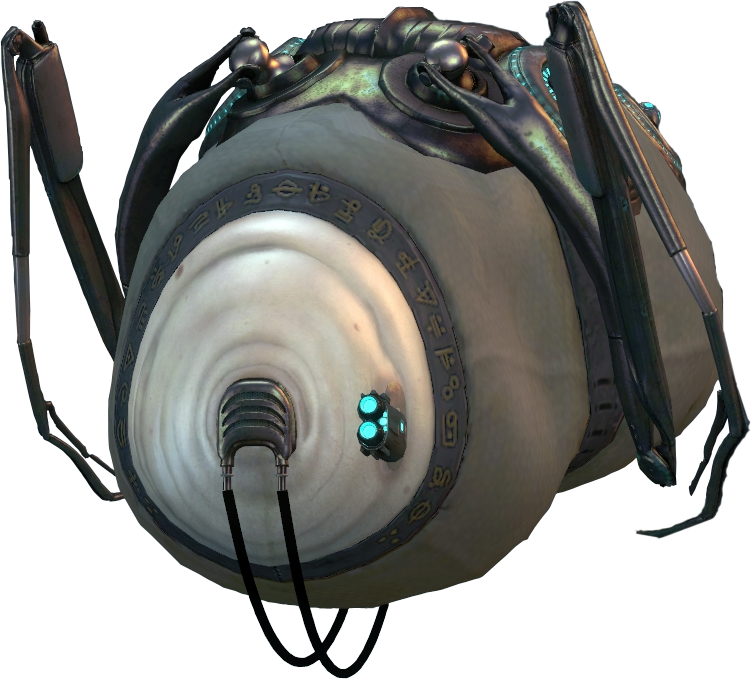

The cliffside that leads to the monastery had a gameplay-oriented purpose, and was meant to emulate a similar cliffside combat scene in the original Half-Life (1998). Valve also thought a monastery would help provide a starker contrast between old human architecture and futuristic Combine technology inside it. An Eastern Orthodox architectural style was deliberately chosen for the monastery, as buildings of this type "are very colorful and have a large variety of materials" and are "often lit naturally, with extremes of darkness and brightness," providing an ideal showcase for the HDR lighting effects. Each area of the level was designed with a specific purpose. As a result, Lost Coast features minor storyline details that were removed from Half-Life 2, such as the headcrab artillery launchers. Lost Coast was conceived as a part of the Highway 17 chapter in Half-Life 2 (Highway 17's development name was "Coast", hence the name "Lost Coast"), but was later discarded during development. As the level ends, a fisherman congratulates Gordon on his victory, then exclaims that Gordon is "getting all fuzzy 'round the edges" as he teleports away. The player encounters Combine soldiers and a few headcrabs before disabling the artillery launcher, and destroying an attack helicopter with RPGs. Freeman must enter a monastery that enemy Combine are using to launch heavy artillery shells into a seaside town. Like Half-Life 2, the player controls Gordon Freeman. The chancel of the Byzantine Christian church in Lost Coast, which Valve artist Viktor Antonov called a "great showcase for HDR" The level received a generally positive reception, and there was consensus among reviewers that the new features included in Lost Coast should be integrated into future games released by Valve. As a result, it has several minor story details that were not included in Half-Life 2. The Lost Coast level was initially created for Half-Life 2, but was ultimately removed from the game. Lost Coast follows Half-Life protagonist Gordon Freeman as he travels up a coastal cliff to destroy a Combine headcrab artillery launcher in a monastery, which is firing on a nearby town, Saint Olga. Lost Coast was the first video game developed by Valve to allow developers to explain various elements of design as the player progresses through the level. The level was designed with a variety of appropriate environments to emphasize these effects. Lost Coast serves as a technology demonstration, specifically showcasing the high-dynamic-range rendering implemented in the Source engine.

Developed by Valve, it was released on October 27, 2005, through the Steam content delivery service as a free download to owners of the Windows version of Half-Life 2. Half-Life 2: Lost Coast is an additional level for the 2004 first-person shooter video game Half-Life 2.


 0 kommentar(er)
0 kommentar(er)
